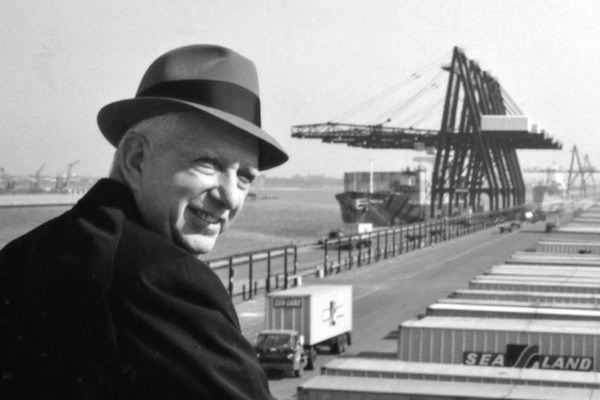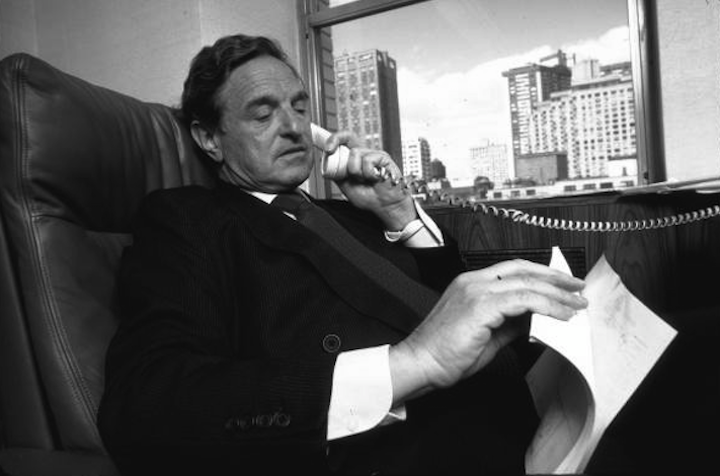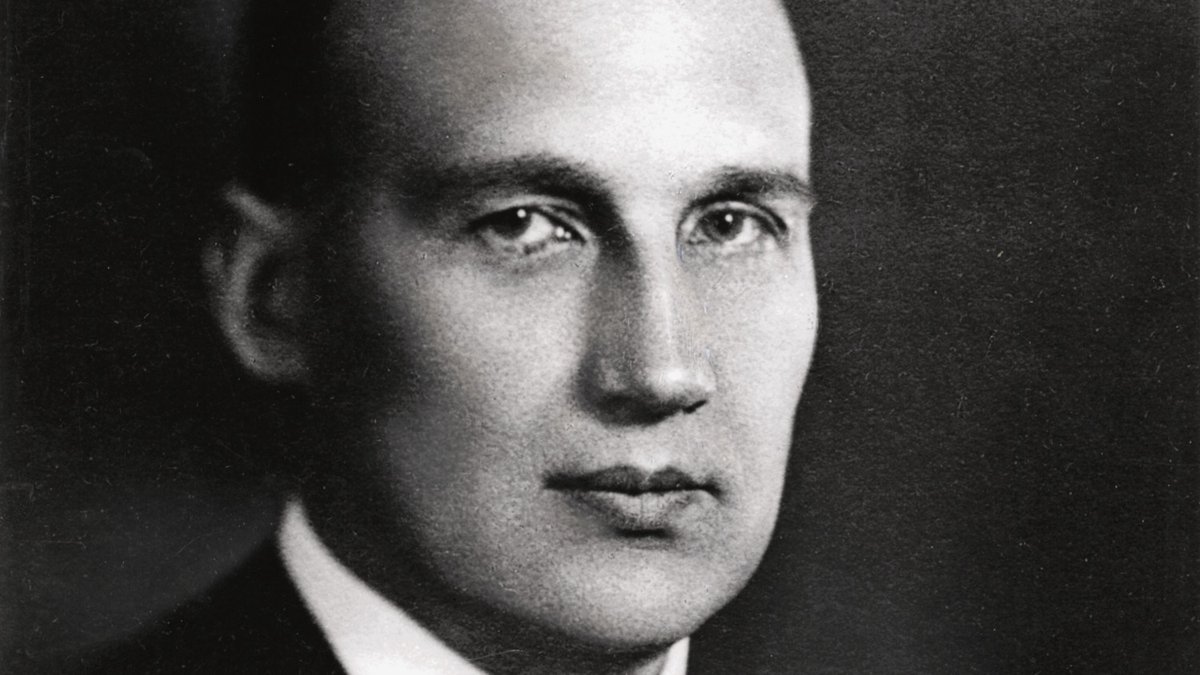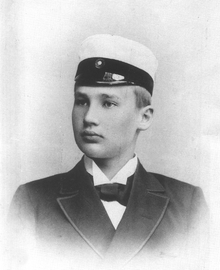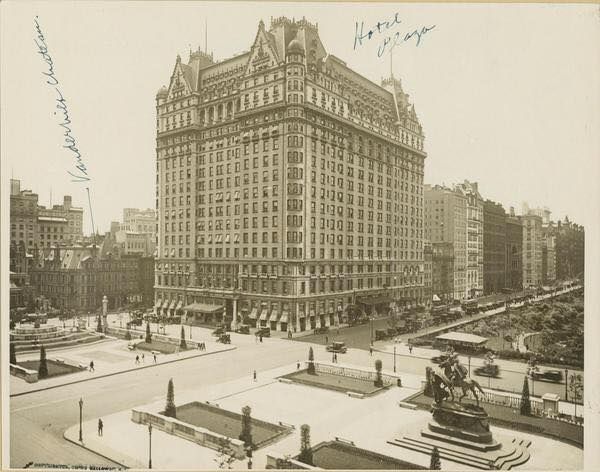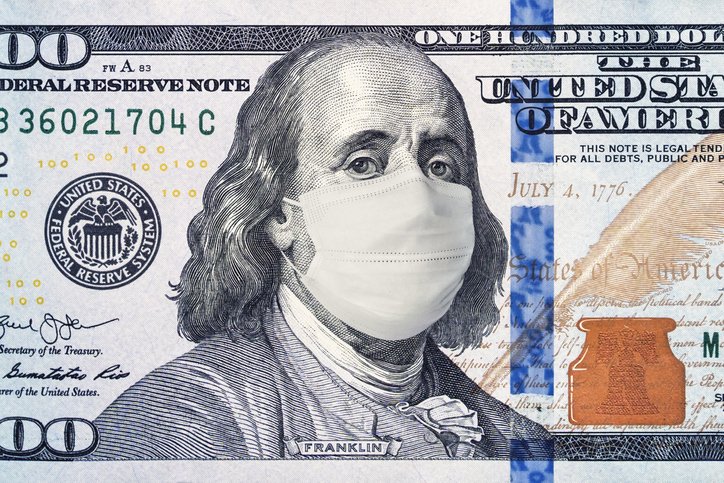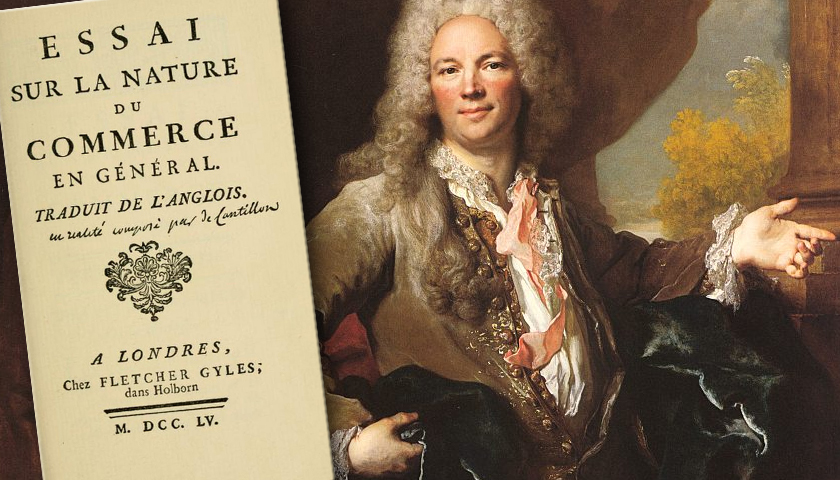
Fiscal Policy 101
In the wake of the COVID-19 economic crisis, you have undoubtedly heard the term "fiscal policy" thrown around a lot.
But what is fiscal policy and how does it work?
Here's Fiscal Policy 101!
👇👇👇
In the wake of the COVID-19 economic crisis, you have undoubtedly heard the term "fiscal policy" thrown around a lot.
But what is fiscal policy and how does it work?
Here's Fiscal Policy 101!
👇👇👇
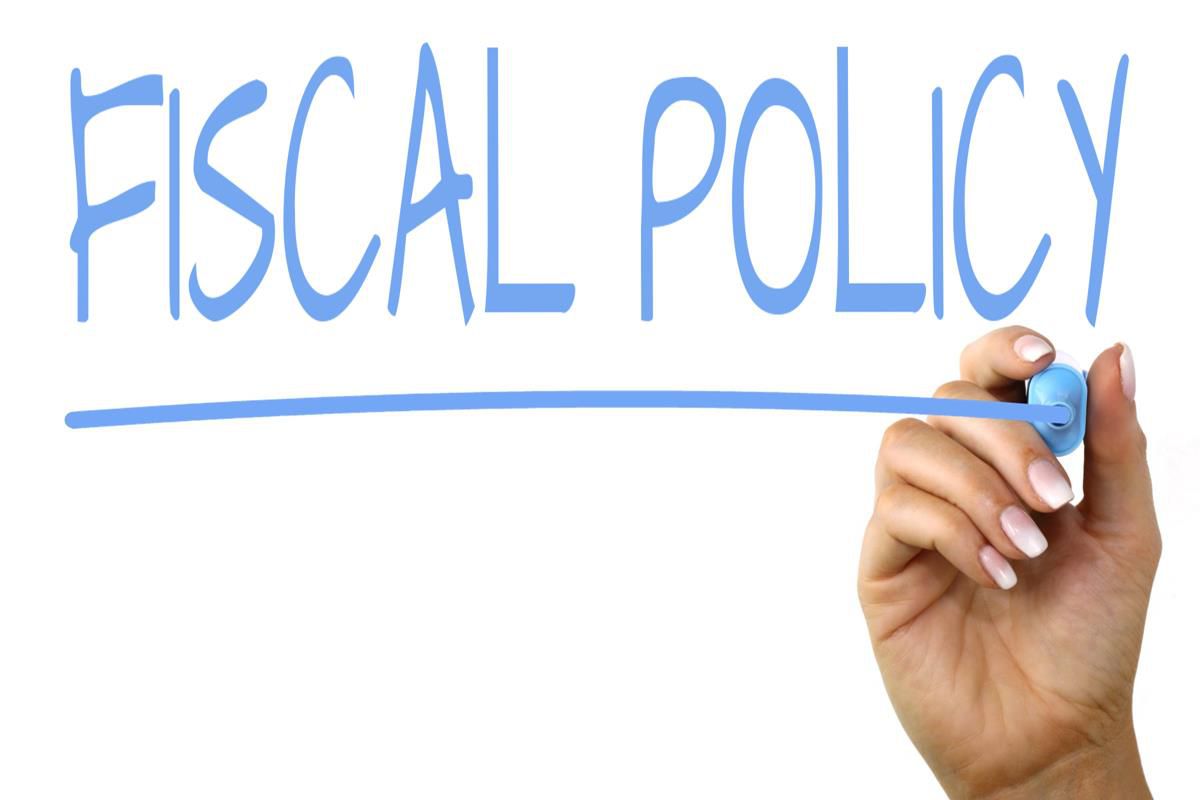
1/ First, a few definitions.
Fiscal policy is the means through which an individual government adjusts its cash inflows and outflows to impact the country's economy.
Inflows typically relate to tax revenues.
Outflows typically relate to government spending.
Fiscal policy is the means through which an individual government adjusts its cash inflows and outflows to impact the country's economy.
Inflows typically relate to tax revenues.
Outflows typically relate to government spending.
2/ The fiscal balance is the difference between a government's revenues and expenditures.
Deficit = Spending > Revenues
Surplus = Revenues > Spending
(Note: Please refrain from laughing at the idea of a government running a surplus right now)
Deficit = Spending > Revenues
Surplus = Revenues > Spending
(Note: Please refrain from laughing at the idea of a government running a surplus right now)
3/ Fiscal policy is often talked about in conjunction with its sister - monetary policy - which will be covered in a future thread.
Fiscal and monetary policy are the primary levers governments and central banks use to steer a country toward its economic targets and goals.
Fiscal and monetary policy are the primary levers governments and central banks use to steer a country toward its economic targets and goals.
4/ Prior to the Great Depression, governments had taken a more "laissez-faire" (read: non-interventionist) approach to the economy.
But in its aftermath, the idea of a government flexing its spending and taxation muscle to impact economic outcomes gained mainstream support.
But in its aftermath, the idea of a government flexing its spending and taxation muscle to impact economic outcomes gained mainstream support.
5/ Fiscal policy is grounded in Keynesian economics.
These theories - from British economist John Maynard Keynes - stated that macroeconomic productivity can be influenced by governments.
His theories suggested spending and taxation can be fine-tuned for desirable outcomes.
These theories - from British economist John Maynard Keynes - stated that macroeconomic productivity can be influenced by governments.
His theories suggested spending and taxation can be fine-tuned for desirable outcomes.
6/ There are two broad characterizations of fiscal policy.
Expansionary = Spending Up, Taxes Down
Contractionary = Spending Down, Taxes Up
The former is thought to be stimulative for the economy; the latter sedative.
Expansionary = Spending Up, Taxes Down
Contractionary = Spending Down, Taxes Up
The former is thought to be stimulative for the economy; the latter sedative.
7/ The basic theory with expansionary fiscal policy is that it can stoke the economic fire.
More spending and lower taxes means more money searching for productive uses, so production, jobs, and wage growth follow.
The risk, of course, is inflation...
More spending and lower taxes means more money searching for productive uses, so production, jobs, and wage growth follow.
The risk, of course, is inflation...
https://twitter.com/SahilBloom/status/1293590227064217603?s=20
8/ Presently, governments are engaged in expansionary fiscal policy, increasing spending rapidly to try to plug the economic hole created by COVID-19.
In many ways, it is like dancing on a knife edge, as unchecked expansionary fiscal policy *may* trigger rising inflation.
In many ways, it is like dancing on a knife edge, as unchecked expansionary fiscal policy *may* trigger rising inflation.
9/ More broadly, the role and importance (or lack thereof) of government deficits - i.e. when a government spends more than it makes - is being debated in the public sphere.
We have already seen this debate beginning to rage as Congress squabbles over the next stimulus package.
We have already seen this debate beginning to rage as Congress squabbles over the next stimulus package.
10/ Proponents of Modern Monetary Theory, led by @StephanieKelton (of Deficit Myth fame), contend that deficits are not necessarily a bad thing when you are a currency issuer. Deficit spending can be used for good.
Proponents of Austrian economics (Deficit Hawks!) beg to differ!
Proponents of Austrian economics (Deficit Hawks!) beg to differ!
11/ The debate on the role of fiscal policy is just beginning.
Modern Monetary Theorists and Deficit Hawks will be duking it out in the intellectual octagon for popular support.
The result will have broad consequences, so it is very important that you understand the basics.
Modern Monetary Theorists and Deficit Hawks will be duking it out in the intellectual octagon for popular support.
The result will have broad consequences, so it is very important that you understand the basics.
12/ In that vein, I will be creating "101s" building on many of these topics in the months to come.
These are intended to be educational threads, so I will continue to intentionally refrain from infusing any personal bias (though I am more than willing to share those offline!).
These are intended to be educational threads, so I will continue to intentionally refrain from infusing any personal bias (though I am more than willing to share those offline!).
13/ So that was Fiscal Policy 101. I hope you found it useful!
And for more educational threads on money, finance, and economics, check out my meta-thread below.
And for more educational threads on money, finance, and economics, check out my meta-thread below.
https://twitter.com/SahilBloom/status/1284583099775324161?s=20
• • •
Missing some Tweet in this thread? You can try to
force a refresh



